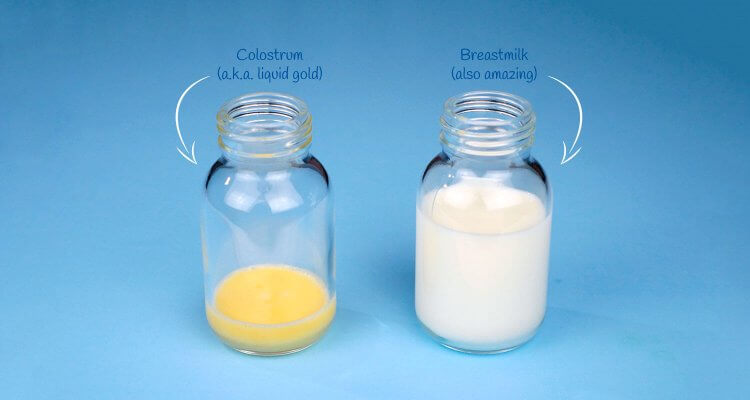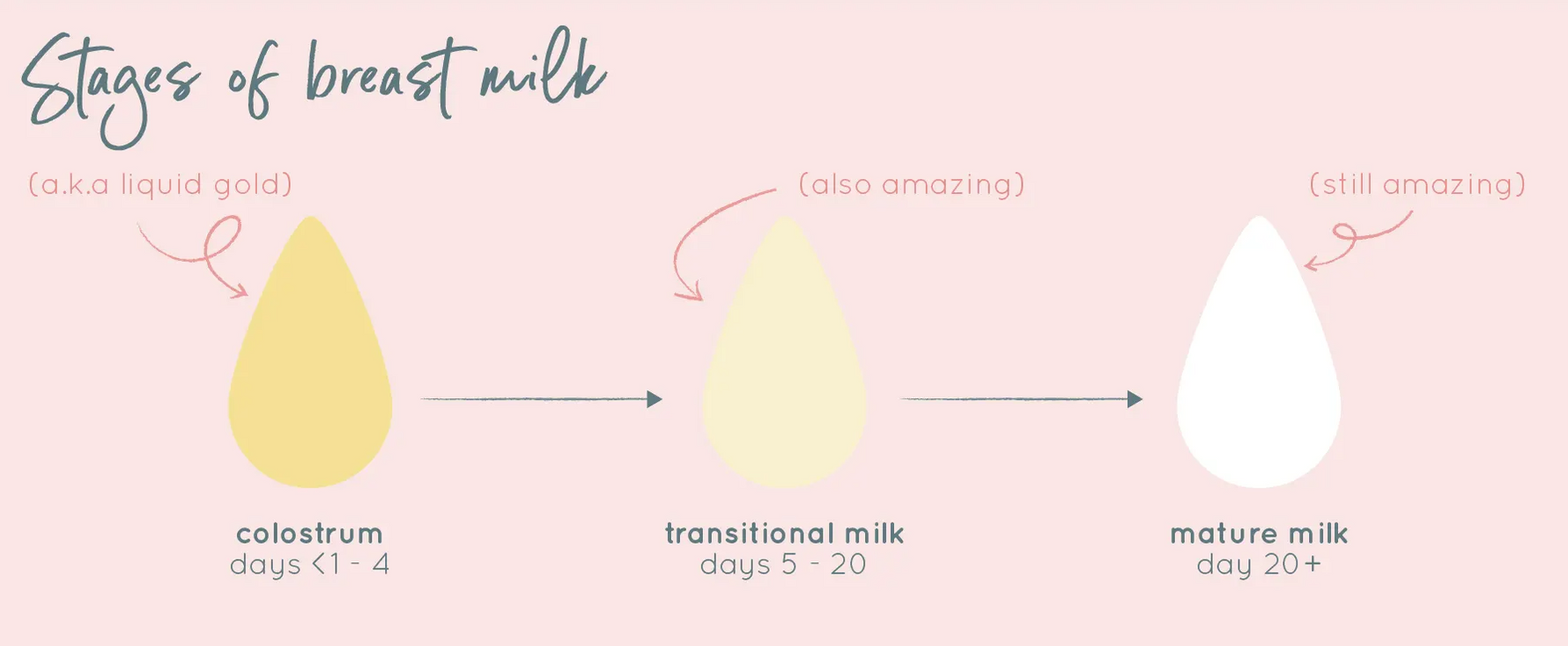Pregnancy & Breastfeeding Tips for New Moms: Preconception, Pumping & Parenting Support
As a veteran mom who knows firsthand how to pump at work successfully, I want to help simplify the transition back to your job after maternity leave. When I returned to work after my babies were born I struggled to juggle pumping with my demanding job. That experience motivated me to create this ultimate guide to help other working moms meet their breastfeeding and pumping goals.
Did you know over 83% of new moms start breastfeeding but 60% fall short of targets because of work schedules? My experience as a Breastfeeding Counselor supporting nursing mothers equips me with the knowledge to beat those odds. I’ll share essential tips perfected from my own pumping journey and time helping others thrive in the workplace while breastfeeding.
By the end, you’ll have actionable solutions to maintain your milk supply and reach your goals while excelling at your job. Ready to learn how to pump at work like a pro? Let's do this!
Key points for pumping moms:
Know your rights: Working moms have strong maternity rights! You've got legal backing here. The law's got your back to ensure you get the time and space for your pumping needs.
Chat with HR: Contact your human resources department and get the scoop on your office’s pumping policies. Knowledge is power!
Scout the scene: Before Day 1, have a look at where you'll be expressing. Is there a lactation room or mother's room? If not, who can help make a private space happen?
Plan your schedule: Your work day's got a new feature - pumping breaks. Can you plan your meetings around them?
Pack like a pro: Keep your pump gear organized and consider keeping extra parts in your desk.
How to pump at work - the transition after maternity leave
Heading back to work after your maternity leave can feel like a juggling act, especially when you're committed to breastfeeding. I recognize returning from this bonding experience to a full workload laced with demands can seem daunting. The passion for nurturing your new baby collides suddenly with work projects that once took priority and an unease about your role may have changed while you were away. You may even have doubts that you are doing the right thing by returning to work, that somehow it conflicts with your dream of being the perfect mother (- it doesn’t - you can still be a fantastic mom and have a career).
Yet what I’ve learned is that despite swirling emotions, unknowns ahead, and relief at embracing your old identity, you can thrive in your role at work while continuing to express breast milk. Though doubts will surface, know that this season will pass. With the right mindset and support, you’ll find your groove back at work AND succeed at maintaining your breastfeeding relationship.
1. Communicate with employers
When you're a breastfeeding mom heading back to work, talk to your employer as early as possible about pumping breast milk. It's key to establish a friendly yet informative tone to ensure they understand your rights and needs.
First up, check in with your Human Resources (HR) department. They'll be clued up on the company’s policies and the laws around breastfeeding at work, especially the Pump Act. The Pump Act entitles you to reasonable break times to express milk. Under this act, your employer must also provide a private room that is not a bathroom, shielded from view and free from intrusion, for pumping.
It’s worth familiarizing yourself with The Affordable Care Act too. This act covers the obligations of health insurance companies to compensate for breastfeeding equipment.
Here's a quick checklist for your chat with HR or your boss:
Clarify your rights: Make sure you're both on the same page about your legal rights to pump at work.
Schedule: Discuss how often and when you'll need to take breaks to pump.
Space: Ask about a private space where you can pump without interruptions. It should be a designated pumping area with a comfortable chair so you have back support and aren't hunching over, which can be tough on your body.
Be sure to cover:
Framing your needs: Be clear but flexible. You need to pump, but maybe there's wiggle room on the when and where.
Scheduling details: You'll probably need to pump every 3-4 hours, so work that into your daily schedule.
Encourage understanding: This isn't just a break; it's a health necessity for your baby.
Remember, approach the conversation with some empathy. Not everyone knows the ins and outs of pumping at work, so a bit of patience goes a long way. However, stand firm about your needs - after all, it's all in a day's work for breastfeeding moms.
2. Create a pumping schedule
When you're a breastfeeding mom heading back to work, nailing down a pumping schedule is key. It'll take some planning, but here are some tips to get you started.
Identify break times: You're entitled to reasonable break time to pump. Look at your workday and pinpoint breaks like your lunch hour and other possible downtime slots. These are potential pumping times.
Regularity is key: Consistency will help with milk production, so aim to pump around the same times daily.
Use a guide:
4-hour workday: Aim for 1 pumping session
6-hour workday: 2 pumping sessions might be needed
8-hour workday: Plan for 3 pumping sessions
12-hour workday: Consider 4 pumping sessions
Note: Adjust according to what's manageable for you and your baby's needs.
Duration matters: Each session should last about 15–20 minutes. If your workplace allows, sync one of your sessions with your lunch hour to optimize time.
Stay flexible: Some days might be unpredictable. If you miss a session, don't stress! Just pump when you can.
Making a schedule also means communicating your needs to your employer and ensuring you have a private space. With a solid plan, you'll be an on-the-go pumping pro in no time!
3. Gather your pumping and cleaning equipment
When you're a busy working mom, using a breast pump is about as routine as grabbing a morning coffee. You've got two main choices: an electric pump or a manual pump. An electric pump is super handy for everyday use, and manual pumps are an excellent backup!
Here's what your pumping kit should include:
Breast pumps and pump parts: This includes flanges, bottles, valves, and connectors.
Cleaning supplies: Think bottle brushes, soap, sanitizing bags, or cleaning wipes.
Storage: Use breast milk storage bags or bottles
Breast pads: To avoid any possible embarrassment or discomfort, keep a stash of nursing pads in your pump bag. They'll absorb any leaks and keep you dry between pumping sessions.
Remember to clean your pump parts after each use. Here’s a quick rundown to stay on top of it:
Rinse pump parts that come into contact with breast milk under cool water after pumping.
Clean these parts as soon as possible with soap and warm water. Scrub them well to remove all the milk residue.
Rinse each piece again under running water for about 10-15 seconds.
Air-dry on a clean towel in an area free of dust and dirt.
For on-the-go pumping, consider using cleaning wipes specially designed for your breast pump parts, or portable steam bags that you can pop in the microwave. Some moms also swear by the "fridge hack" where you store your used parts in a zip-top bag in the fridge between sessions — but keep in mind the CDC's recommendations when considering this option.
Got everything? Great! With your pumping arsenal at the ready, you'll be a milk-making, job-rocking powerhouse before you know it.
4. Maximize milk production
When you're pumping at work, making the most of your milk production is key. Consistency is crucial - sticking to a regular pumping schedule mimics your baby's feeding times, which helps maintain your milk supply.
Double up on efficiency by using a double breast pump. It allows you to pump milk from both breasts at once, not only saving you time but potentially boosting your overall milk production.
Getting comfortable is more than just a luxury; it also affects how much milk you express. So, grab a hands-free pumping bra - this amazing piece of gear lets you pump breast milk without using your hands, freeing you to do other things like check emails or relax.
Here's a quick checklist to help you maximize production:
Pump simultaneously: Use a hands-free bra with a double pump to save time and encourage more milk production.
Set a schedule: Mimic your baby's feeding routine to help regulate and maintain your supply.
Stay hydrated and nourished: Your body needs fluids to produce milk, so keep water at hand. Keep some healthy snacks on hand to keep your energy up throughout the day. Think nuts, fruit, or yogurt - anything that’s nutritious and quick to eat.
Relax: Stress can hinder milk let-down, so find ways to unwind before pumping.
Remember, maximizing milk production isn’t just about the amount you pump but also ensuring a quality experience so that your body can do its thing.
5. Store breast milk safely
When you're pumping at work, storing your breast milk safely is super important. Here's how to keep that liquid gold secure and ready for your little one.
First up, breast milk storage bags. These are your best bet for long-term storage because they're designed specifically for breast milk, ensuring it stays fresh. Plus, they're pre-sterilized and ready to use. Just make sure to write the date on them; you'll want to use the oldest milk first.
Cooler bags are your go-to when you need to transport milk from work to home. Pop ice packs in there, and your milk can chill comfortably for up to 24 hours. Just make sure your ice pack is fully frozen before heading out.
If you're storing milk in the office fridge, place your storage bags in the back, where it's coldest. You'll avoid temperature fluctuations that happen from the door opening and closing.
Here's a quick breakdown:
Room temperature: Freshly pumped milk can chill out at room temp (about 77°F or colder) for about four hours max.
Fridge: Store milk in the back for up to four days.
Freezer: Got more milk than your fridge can handle? Frozen breast milk can take it easy in the freezer for a good six months. Deep freeze? You've got up to 12 months.
Remember, thaw milk in the fridge or a bowl of warm/hot water - never the microwave. Follow guidelines for proper storage to maintain the quality of your milk until you return home to your baby.
6. Prioritize your comfort and health
When you're a pumping mom at work, feeling comfortable and staying healthy are key to milk production and reaching your breastfeeding goals. Here are some top considerations:
Pack layers and nursing-friendly attire for easy pumping access. A scarf or cardigan works great for extra coverage.
Find good ergonomic options like cushions, quality chairs, or even massage tools to prevent strain or pain while pumping.
Place photos of your little one near your set-up to aid milk let-down when pumping by stimulating warm, positive emotions.
Tend to self-care whether it’s taking calming deep breaths before pumping or utilizing headphones to listen to soothing music.
Make choices granting optimal health for you and your baby. Remember, taking the time to care for yourself is not just good for you, but it's also beneficial for your little one. With key tweaks to prioritize well-being, you’ll pump comfortably and thrive.
Problem-solving common challenges
When kicking off your pumping at work journey, you might hit some bumps. From problem-solving common issues to handling lack of support, here’s how to traverse challenges:
Uncooperative colleagues
Facing unreceptive colleagues? First, come from a place of understanding. Not everyone grasps breastfeeding logistics. Kindly educate them on your needs framed by legal protections. If you are met with continued resistance, consult with your management team and lean on more supportive coworkers.
Low milk supply
Stress and anxiety can damper the milk ejection reflex. Dip into your relaxation toolbox - deep breaths, breast massage techniques, or audio of your little one. Hydration and warm compresses can also help milk flow. If your milk supply drops persist, chat with a breastfeeding counselor or lactation consultant.
Learning curve
The first time you pump at work feels fumbly. Master your pump’s fit and suction levels through practice runs at home. Ease tension by chatting with veteran moms. Know that within 2 weeks, you’ll be totally fine and in the flow of things!
Master pumping at work
I hope this guide has given you plenty of confidence and practical tips to thrive with pumping at work! As a fellow working mom who overcame her own breastfeeding doubts, please know that I’m in your corner!
With the strategies I’ve outlined from maximizing your milk supply chain to advocating for your needs, you now have an action plan tailored to excel in your role while nurturing your child. No matter what judgments or obstacles surface, stand gracefully in your worth.
It won’t always be easy balancing your pumping schedule with work demands. But take comfort that the discomfort is temporary. Tap into the sisterhood of support and never hesitate to reach out if a kind voice could help smooth the stress.
Soon these self-care rituals and schedule tweaks will seem second nature. For more pumping tips or equipment essentials, visit mommed.com. You’ve totally got this!
How to pump at work FAQs
How do I keep my breast pump at work?
For nursing moms, store your breast pump in a clean, dry place. Use a heated drying cycle if available, and consider a car charger for portability.
How much time should I be allowed to pump at work?
Nursing moms typically need a few hours each day to pump. Start a pumping plan with your employer to handle pumping at work efficiently.
What to do if you can't pump at work?
If you can't pump at work, try using a manual pump during breaks, or store enough milk in a freezer stash before your shift.
Do you have to clock out of work to breast pump?
It depends on your workplace. Some employers require clocking out, while others, recognizing disease control and child's birth needs, might offer paid pumping breaks.
Guest Author
Katie McCann From Bump To Bubble
"
Katie McCann, founder of "From Bump To Bubble," holds a BSc in Psychology and is a certified breastfeeding counselor. She uses her background as a mother of two and former HCPC paramedic to provide science-based parenting insights and emergency care advice on her blog. Katie's experience makes her a trusted voice in parenting, offering guidance on breastfeeding, parenting tips, and mompreneurship.
"






















